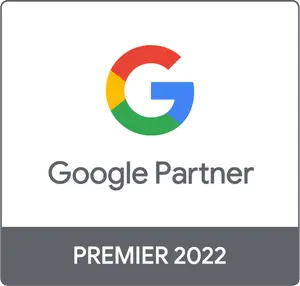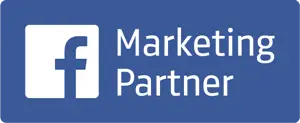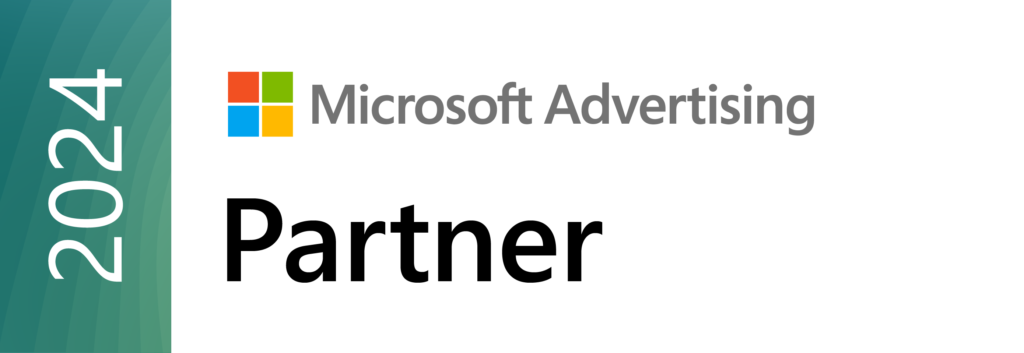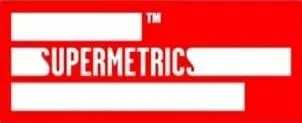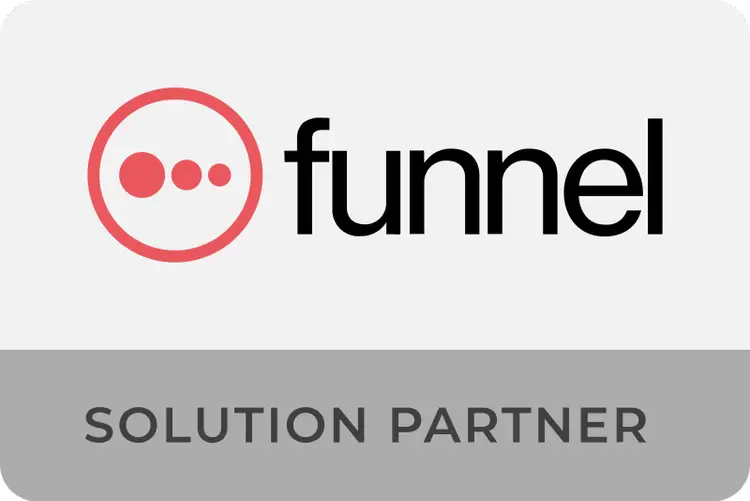We will start this post with a statement: There is no secret formula for creating the perfect landing page.Every digital business has a series of factors to consider that shape its unique user journey: an e-commerce product landing page focused on sales is not the same as a hotel reservation page or an online business school's contact page focused on lead capture.
However, despite the differences between the various business models, there are a number of basic elements that are common to all landing pages focused on conversion.
We will explore these basics below:
1. A strong, clear and solid headline
Being able to summarize in a single line what in marketing we call “unique value proposition” It's not a simple task, but it's absolutely necessary to guide your landing page toward conversion. The unique value proposition is your seal of approval, the perspective on your sector that differentiates you from the competition and is written to persuade the user to choose you and no one else. To create this headline, it can help to answer questions like, "Why are you important to your customers?" "What will they get after purchasing your product/service?" "How will you demonstrate that you're the best option on the market?"
A headline that's too long or too abstract can make users feel unclear about your proposal and decide to leave the page and look for another one where they feel that, as soon as they land on it, they've found what they're looking for.
2. Empathize with the user: talk about their pain and resolve objections
For this point it is important that you have previously worked on the buyer persona to whom you're targeting the landing page. Before delving into your offer, you need to empathize with the user through copywriting and featured messages. What motivates this person? What are the main obstacles they encounter on the way to accomplishing their mission? What feelings might they be experiencing before using your solution? Remember that conversion is a decision-making process that's both emotional and rational. Remember to reserve time to address potential customer objections, anticipate them, and counter them.
Skipping this basic approach can result in a cold landing page that doesn't connect with the user on an emotional level and, therefore, doesn't encourage conversion.
3. A clear, simple and as visible as possible call to action
Another great basic of any landing page focused on conversion is to make it very clear to the user, from the beginning, What action do you want me to complete and point out the way for me to do it without loss. Leave your details on a form? Add a product to your shopping cart? Schedule a call?
Make sure to emphasize the action and the path to completion throughout the landing page. Remember to give your form or button prime, highly visible space, such as the page margins or "above the fold."
Finally, don't forget that statistically, the more fields the user needs to fill out, the lower the conversion rate will be (although there are some basic ones at the company level that the user must provide, this can happen later, once the lead has been captured).
4. Social proof and trust seals
A priori, you can't control whether the users who land on your landing page have been following your brand for a while (and a relationship of some trust has already been established between the brand and the lead) or if this is their first contact with your proposal. Therefore, another key aspect is strengthen trust with your brand through social proof tactics such as:
-
Customer reviews
-
Other companies you have worked with (if it is a B2B business)
-
Testimonials from experts or influencers in your sector
-
Media in which your brand has appeared
-
Seals or insignia of leading organizations
-
Awards or recognitions
5. Eliminate all possible distractions
To prevent the user from being tempted to explore other parts of your website and jeopardize the achievement of the desired action, we recommend Eliminate all types of top menus or pop-up banners, as well as internal links in the copy that divert the potential lead.Think of your landing page as a hallway with no doors or windows that guides the user through the door without any chance of getting lost.
6. Review the above on all devices
And, for all these basics to fulfill their function, they must be reviewed both in version desktop as in version mobile to ensure that usability on both devices is optimal for conversion.
And, like everything in digital, we encourage you to adopt a philosophy of experimentation and continuous improvement. Design your landing page following these 6 basics to guide it toward maximum conversion, and then keep testing and measuring. until you find your own secret formula.


